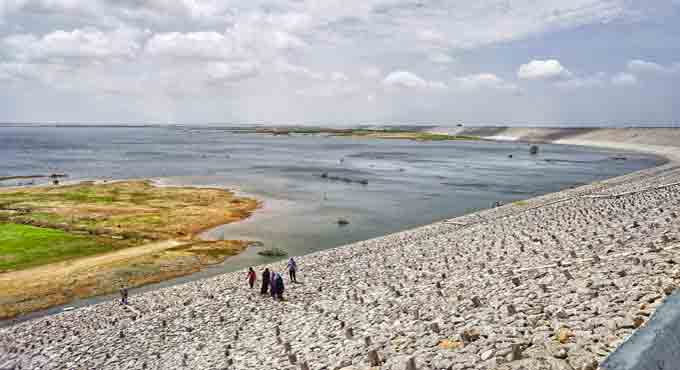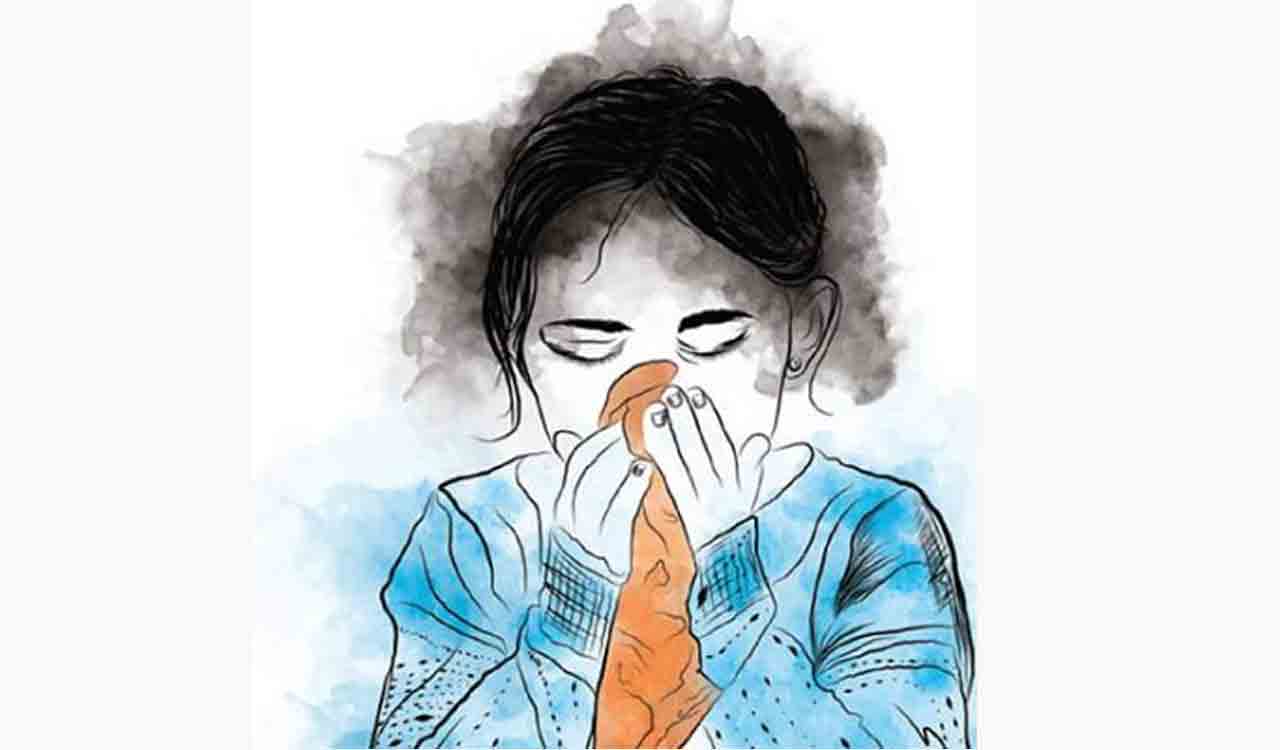Editorial: Hope rises over Aravallis
States must transcend political boundaries to protect these shared ecological treasures

India’s oldest mountain range — Aravalli — had long become the victim of human greed, with 31 out of the 128 hillocks vanishing over the years. The environmental degradation of the three-billion-old Aravalli range, which straddles the States of Rajasthan, Haryana, Delhi and Gujarat, exposes the apathy of successive governments towards the open plunder of mineral resources. Once a thriving ecosystem of hills, forests, fauna, aquifers and natural drainage, the Aravallis now carries the dubious distinction of being the country’s most degraded forest range. The problems range from illegal mining to deforestation and a near-complete depletion of groundwater, leading to the loss of an ecosystem that is most crucial for the survival of not just mankind but also wildlife. However, the situation is now beginning to change for the better. The ambitious Aravalli Green Wall Project, an eco-restoration initiative by the Centre, promises to be a turning point in combating land degradation and desertification. Covering over 1.1 million hectares across Haryana, Rajasthan, Gujarat and Delhi, this 1,400-km-long and 5-km-wide green corridor aims to restore the Aravalli hills’ ecological vitality. Inspired by Saudi Arabia’s green initiatives, the Green Wall Project aims to reverse this destruction. Haryana’s proactive measures, such as reviving 75 water bodies and restoring 35,000 hectares of degraded land, exemplify the potential of collaborative efforts among States to tackle this environmental crisis. The World Bank is supporting the Aravalli project with funding for initiatives like afforestation, water conservation and pollution control.
Notwithstanding the lofty goals, the project’s success, however, depends on enforcing conservation laws to prevent illegal mining and encroachments. The States must transcend political boundaries to protect these shared ecological treasures. The Green Wall Project is a fight to reclaim the Aravallis and reverse decades of destruction. The Aravallis are India’s unique treasure and must be preserved with utmost care. The mountain range has an impact on the climate of northwest India and beyond. During monsoons, it gently guides the monsoon clouds eastwards towards Shimla and Nainital, thus helping nurture the sub-Himalayan rivers and feeding the north Indian plains. In the winter months, it protects the fertile alluvial river valleys from the assault of cold westerly winds from Central Asia. Unfortunately, relentless urban expansion has replaced verdant landscapes with concrete jungles, disrupting the ecological balance. The cost of this development has been immense, with the loss of indigenous species. It is also a matter of concern that the loss of green cover in the Aravallis is one of the major contributing factors towards pollution in Delhi, the worst polluted city in the world. While the damage caused till date cannot be reversed, further damage should certainly be prevented. While stringent laws are necessary to stop illegal mining that have a direct bearing on the environment, more will depend on the commitment of the State governments in curbing such activities.
Related News
-
Opinion: The China factor in India-Nepal relations
11 mins ago -
Editorial: Modi’s Kuwait outreach
12 mins ago -
Telangana HC suspends orders against KCR and Harish Rao
53 mins ago -
Kohli and Smith will be dangerous and hungry: Shastri
1 hour ago -
Sharvari shares her TBR list of romantic book titles, suggested by fans
2 hours ago -
Khammam Congress gaffe: Union Home Minister Amit Shah made ‘Defense Minister’
2 hours ago -
Couple held for theft in Hyderabad
2 hours ago -
KCR extends Christmas wishes to people of Telangana
2 hours ago



